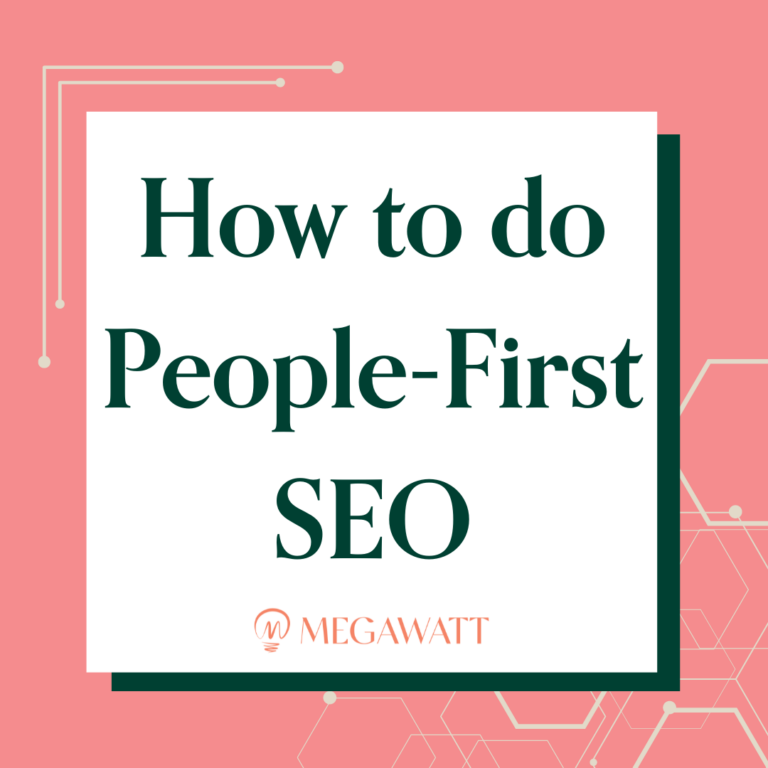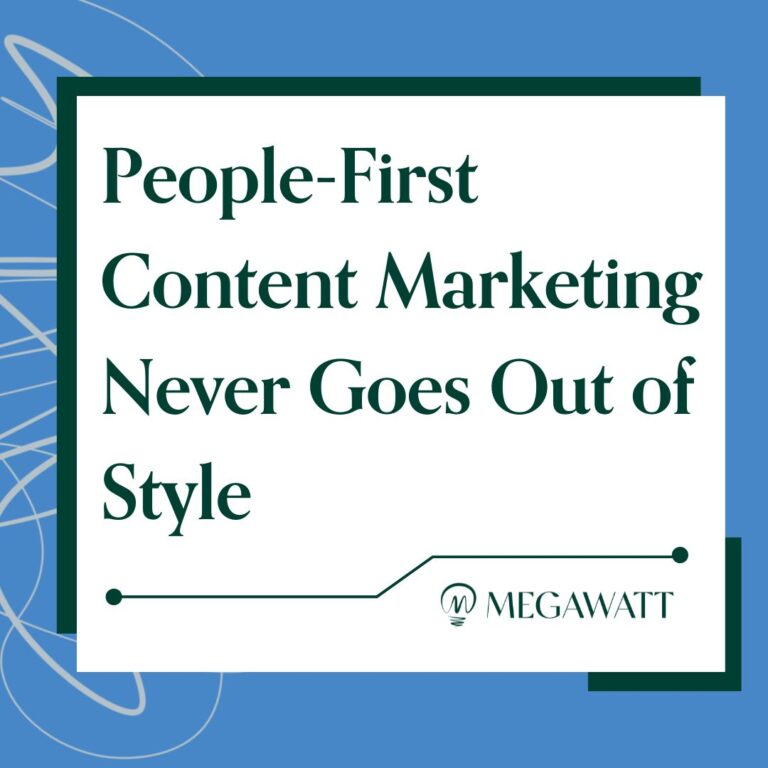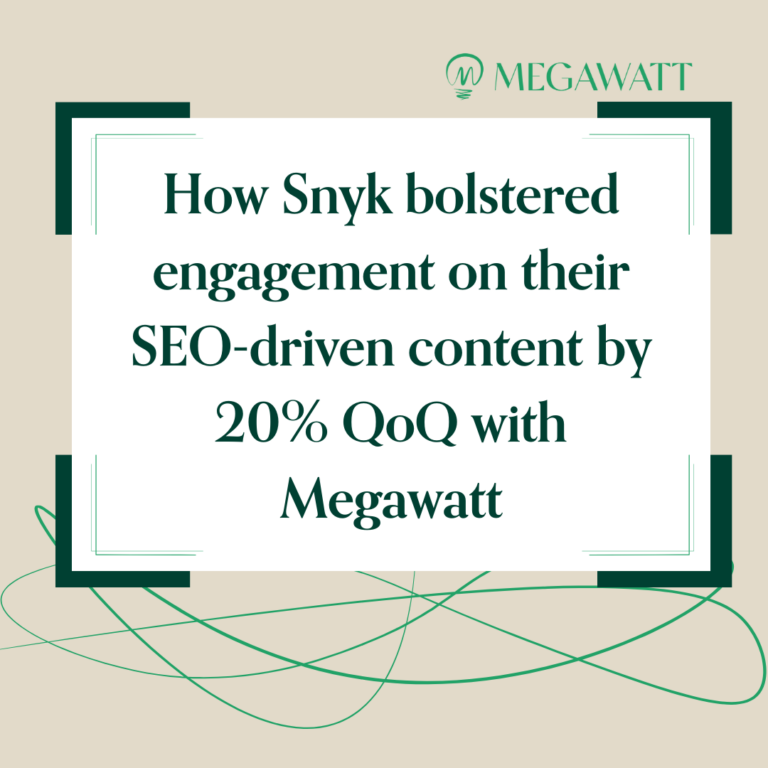New, experimental platforms like the social audio app Clubhouse are ideal for brands that know what they want out of social media, have a solid system in place to measure success, and have seen success on other channels.
If that sounds like you, read on.
In this post, we’ll dive into what Clubhouse is and who is on it, whether its popularity is just a flash in the pan, marketing tools that are helpful for this platform and, finally, whether it’s a smart place for B2B marketing.
What Is Clubhouse?
Clubhouse is an invitation-only social audio app whose tagline is: “Bounce around the hallways of the Internet and meet incredible people.”
This audio app “lets you listen in on other people’s live conversations. But not in a creepy way; these people want to be heard. They may even be famous, or at least interesting or knowledgeable (no guarantee, however).”
You can “explore the hallways” to “discover millions of rooms filled with fascinating and unexpected conversations,” “drop in to your favorite rooms” to contribute to the conversation, or just listen in on people who are “telling jokes, reading the morning news, making music together, and sharing deep thoughts.”
According to Statista, in the U.S.:
- Over half of Clubhouse users are between 18 and 34 years old
- 42 percent are between 35 and 54
- 2 percent are 55 years or older
Earlier in 2021, it was not uncommon to see headlines pegging Clubhouse as the next “it” social media platform for marketers or touting all of the promotional opportunities available on the social audio app. When Clubhouse jumped from 2 million downloads in January 2021 to 9.6 million downloads in February, savvy marketers perked up.
But since then, the hype has worn off significantly. Clubhouse has undergone some changes and marketers seem to be in limbo on the platform. There are brand-centric clubs and room discussions but, to date, the platform hasn’t introduced any sort of advertising units and, similarly, most brands have yet to creatively capitalize on Clubhouse or present case studies.
So…what happened? Is Clubhouse still a social platform to watch or have marketers simply moved on?
Clubhouse Interest Decreases as Access Increases
Since the spring of last year, social audio competitors like Twitter Spaces, Facebook’s Live Audio Rooms and Spotify Greenroom have emerged and Clubhouse has doubled down on platform enhancements in order to remain competitive.
Clubhouse launched on Android in May of 2021 and two months later, co-founders Paul Davison and Rohan Seth announced that the notoriously exclusive “invite-only” app would be open to anyone.
That decision seemed to be a double-edged sword. While Clubhouse unlocked access for 10 million people on their waitlist, it also led to some backlash from early users who claimed they were “over it” once the exclusivity aspect was gone. Lowering the barrier to entry also led to lukewarm user growth, with just a 17% increase in users in the week following the general release — most of whom were located outside the U.S.Still the company expanded, launching a direct messaging tool called Backchannel in July, which allows users to send messages to each other via the app:
Even more recently, Clubhouse has doubled down on building out publisher relationships to get more notable brands to consistently create content exclusive to the platform, and is experimenting with creators.
This focus on swapping out a community-focused approach to a feature-heavy model seems to have led to what, on the surface, is a confusing tradeoff. Despite more features and increased ease-of-use, the community itself is less interested in a more polished product than they were in a closed “beta” app.
Exploding Topics, a site that anticipates and curates trending topics, which it rates as either “regular,” “exploding” or “peaked,” shows that the trend for Clubhouse has already peaked:
However, when you look at Ahrefs, Clubhouse’s growth of organic traffic has more or less been on a steady rise from mid-November 2021 through the present (early May 2022):
This indicates that there is still some interest in Clubhouse.
Marketing Tools for Clubhouse
Not surprisingly, a set of tools have also popped up to help marketers succeed on Clubhouse:
- Clubhousedb – The Clubhouse Database helps you find the most followed users and clubs with their free user search tool.
- ClubHype, Clubhouse Glow, and Clubhouse Bio Builder help optimize promotion of your profile and any rooms you plan to host.
- Direcon is an analytics tool that tracks performance of room discussions. It isn’t native to Clubhouse, but rather can be used to track social audio users’ performances on Clubhouse, Twitter Spaces and Spotify Greenroom. The available metrics are pretty limited, but the tool does allow you to export audience data like Instagram and Twitter handles, which could potentially be used for some remarketing campaigns after a room session wraps up.
- ClubHub is an advanced analytics tool for Clubhouse.
- 33Analytics is a simple tool that lets you track profile analytics for any public Clubhouse user.
With these marketing tools, it’s easy to use Clubhouse in a structured, measured way to chart your success and potential areas of growth. This enables organizations to optimize their use of this app in such a way to bypass the “growing pains” of joining a new platform.
Remember, the presence of measurement tools does not excuse the absence of a clear strategy. In order to get the most out of these tools you need to understand what it is you want out of the platform.
The Pros and Cons of Clubhouse
Companies are clearly finding ways to break into this new social app and experiment with Clubhouse as a marketing tool. Here are the pros and cons of this platform.
Pros
Thought Leadership Cred: One of the most valuable aspects of Clubhouse is the ability to establish thought leadership credibility. By positioning key brand spokespeople as moderators of interesting conversations, you can get the word out about topics of interest and build a following (and a portfolio of speaking experience). You could leverage this down the line for media opportunities or high-profile speaking opportunities at events happening in real life.
Test Drive Content Topics: At the same time, marketers can also use Clubhouse as a sandbox to test content topics and gauge interest from the community. If something sparks an engaging conversation and attracts a large crowd, it could be a subject worth repurposing for other marketing channels like a blog, webinar, or e-book. Insights could even impact product development or future brand campaigns.
Related Content: 5 Tips to Write B2B Content Faster —Without Sacrificing Quality
Build Influencer Relationships: Clubhouse also lets you network with influencers and customers directly within each room. From an influencer marketing perspective, marketers can capture the attention of high-profile targets at a time when they’re engaged and present. This may help marketers build meaningful relationships through conversations about a topic of mutual interest.
On the customer side, brands have an opportunity to host “office hours” sessions to listen to customer concerns, gather feedback about products, and announce important product updates (a la the Microsoft club mentioned earlier).
Cons
Weak Conversions: Where Clubhouse falls flat, I believe, is in its inability to capture leads, measure engagement, and convert. There are limited opportunities to promote a room session to particular users based on their interests and profiles, as you would with a targeted audience on platforms like Facebook and LinkedIn.
It’s also tough to build ongoing relationships with users. Unlike a traditional webinar, for example, moderators can’t re-engage listeners with a follow-up email or retarget them with additional, similar content after they listen in on a room session. That’s because Clubhouse shares very limited audience information with moderators.
Limited Use Outside of the App: Other app logistics also limit marketing potential. There is no opportunity to drop links into the room descriptions and drive users to a website or marketing splash page. Clubhouse room sessions can’t even be recorded — which removes any possibility of sharing the content with prospects who weren’t able to join in at the specified time, or repurposing for a company blog or social channels.
Is Clubhouse Good for B2B Marketing?
All of this begs the question: Does Clubhouse have any merit as a B2B marketing platform? (First and foremost, we advise mastering the basics of B2B social media like LinkedIn and Twitter before branching out into Clubhouse.)
On Clubhouse, users choose to follow certain topics of interest (“clubs”) and join rooms related to specific subjects within that topic. Though I’ve seen conflicting reports about app usage, it seems that users do spend a lot of time engaging with Clubhouse. In May of last year, the app reported:
- more than 10 million weekly active users
- over 300,000 rooms created each day
- people are spending over an hour a day on the app
For marketers, that means you’re getting a qualified audience of people who have sought out your content because of genuine interest. Someone has covered pretty much every topic you can think of somewhere in the Clubhouse ecosystem. When I recently signed into the app, I observed live sessions ranging from Italian language skills to astrology, from advanced medicine to football, and much more.
For B2B brands in particular, the live podcast feel of Clubhouse offers a unique solution.
Clubhouse can essentially replicate networking dinners, webinars, customer conferences, and main stage speaking opportunities on a social media platform that’s ripe for a business-minded audience. This social app can also be a fantastic place to establish thought leadership “cred” — since anyone can build a personal brand and jump in to host audio sessions, it provides little in the way of artificial barriers to begin.
Again, we don’t recommend diving into Clubhouse as a starting point for thought leadership. Build a following on Linkedin or Twitter first — and prove to your marketing team that you can commit to consistently posting and engaging with a community — and then expand to a platform like Clubhouse.
Within minutes of searching Clubhouse, I found:
- multiple clubs about Salesforce
- an AWS start-up club dedicated to “educating startups on mechanisms to scale with AWS”
- a club simply called SLACK built for employees and Slack enthusiasts
- Microsoft also runs a club where the company’s product leaders share roadmap updates and answer product questions
- an impressively popular (14.2k members) club called “All Things Security” run by SAASPASS password manager and authenticator
The app doesn’t currently have any paid advertising opportunities so most companies at this point use Clubhouse to promote themselves by:
- Hosting discussions about their brand or topics relevant to their industry (with a healthy dose of product placement)
- Acting as presenting “sponsors” for popular room discussions, which typically includes a brand mention and an affiliate link that listeners can visit (which is trackable, but users can only access said link outside of the Clubhouse app)
- Teaming up with high-profile influencers or celebrities to attract attention and brand recognition
Related Content: B2B Content Marketing: 3 Categories of Content for Your Marketing Funnel
Other Social Audio Apps for B2B Marketing
Whether Clubhouse regains its popularity again or not, there’s a good chance that social audio apps in general will continue to trend, at least for the foreseeable future:
Remember, it wasn’t that long ago that social media was seen as a fad for young people, and now it’s a standard feature in any good marketing strategy. Also, there’s something to be said about marketing on a platform that isn’t yet (or anymore) oversaturated. Yes, there’s a smaller audience, but it’s easier for a brand to stand out.
So as a B2B marketer, it might be a good idea to keep your eye on not only Clubhouse, but audio app competitors such as:
- Twitter Spaces: Spaces is a new way to have live audio conversations on Twitter. Anyone can join, listen or speak in a Space on Twitter for iOS and Android. All Spaces are public, like Tweets, and automatically appear at the top of your Home timeline. If you host a Space, you’ll have access to analytics like total live listeners, total replays, and speakers.
- Facebook Live Audio Rooms: With Facebook (or Meta, as I guess we should start calling it now) Live Audio Rooms, you can have real-time conversations with your peers and fans. Connect with your community, gain exposure to new audiences and earn or raise money through a live, social audio experience.
- Spotify Greenroom (as of April 2022, it’s now Spotify Live): Spotify Live can now be found both as a stand-alone app and as a livestream function in the Spotify app alongside your favorite music and podcasts. You can use it to chat about the things that interest you in virtual rooms, and artists can use it to connect with fans. It offers detailed insights about your rooms, audience and demographics. Unlike Clubhouse, you don’t need an invite to join Spotify Live.
Clubhouse Longevity: Only Time Will Tell
It’s still relatively early in the days of Clubhouse. For now, I’d love to hear more about how the efforts companies are currently putting into their Clubhouse marketing strategies are paying off. Which metrics are brands even tracking to define success—is it more important to have a longer average listen time, or more engagements with session attendees?
It also seems like it will only be a matter of time before Clubhouse begins monetizing with ads. I’m curious to see how they’ll balance a monetization element without inhibiting the user experience, and what brands will start doing with advertising opportunities.
So…is Clubhouse good for B2B marketing?
I’m not sure yet. It’s very much still happening. As with any new platform, marketers really need to consider whether Clubhouse will be a flash in the pan or if it’s something that they want to devote significant resources to. If you’re not willing to dedicate resources to figure out the nuances of the platform and consistently create content, you ultimately won’t see any real ROI.
We do content marketing for B2B tech companies. If you want an expert to do all the work for you 👇
What are your thoughts / experiences with Clubhouse so far? Hit us up on Twitter @megawattcontent with your POV!






